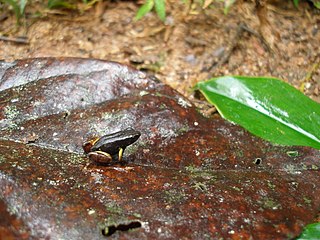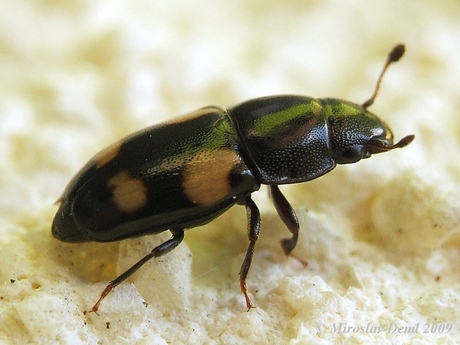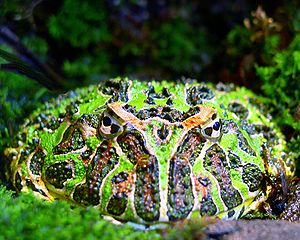Often compared to the Dart Poison Frogs in size, appearance and behavior, Mantellas are among the most highly desirable of all amphibian pets. Most are spectacularly colored – so much so that I’ve often had visitors to my exhibits at the Bronx Zoo ask if they are real! Indeed, many frog enthusiasts consider the ruby morph of the Golden Mantella (M. aurantiaca) to be the world’s most beautiful frog. Several of their colors, including some of the greens and oranges, are not seen in the more popularly-kept Dart Poison Frogs.
You can expect to see many interesting behaviors from Mantella Frogs, as they are active by day, quite bold, and are always foraging, exploring, interacting and otherwise “on the go”. Once considered delicate captives, several species are now regularly bred in captivity, and we are learning more about Mantella care and fascinating natural histories (including how they acquire their famous skin toxins…please see below) each year.The following information can be applied to most available species, including Painted, Golden, Green, Brown and Saffron Mantellas. However, details vary; please post below for information concerning individual species. Read More »
 That Reptile Blog – Reptile, Amphibian and Exotic Pet Care and Information
That Reptile Blog – Reptile, Amphibian and Exotic Pet Care and Information





